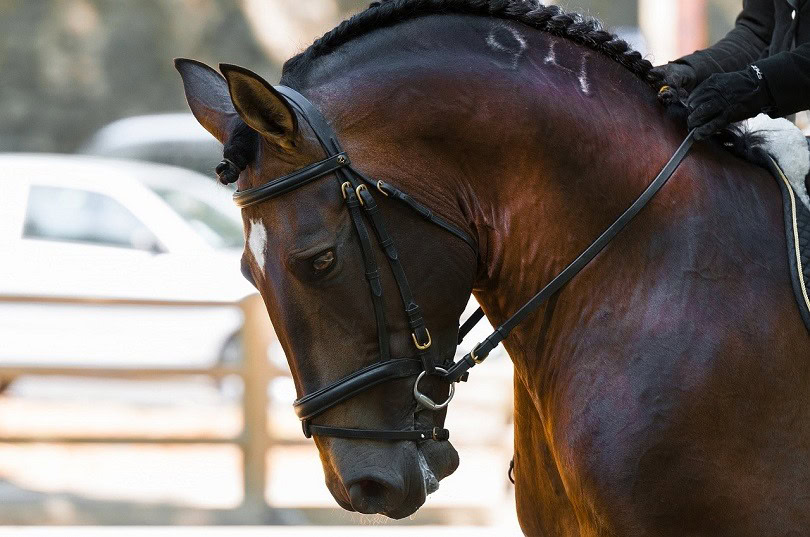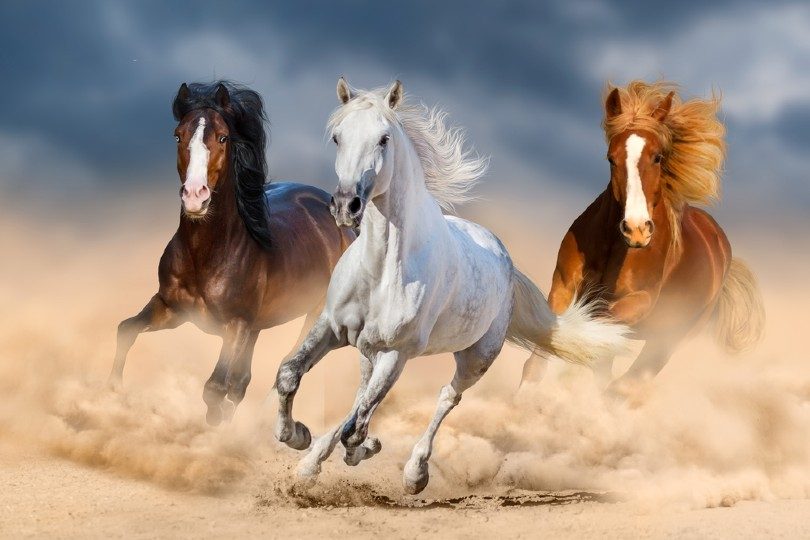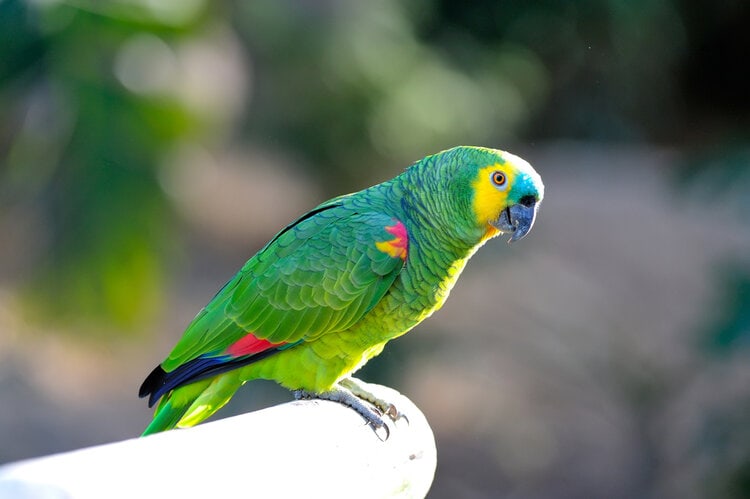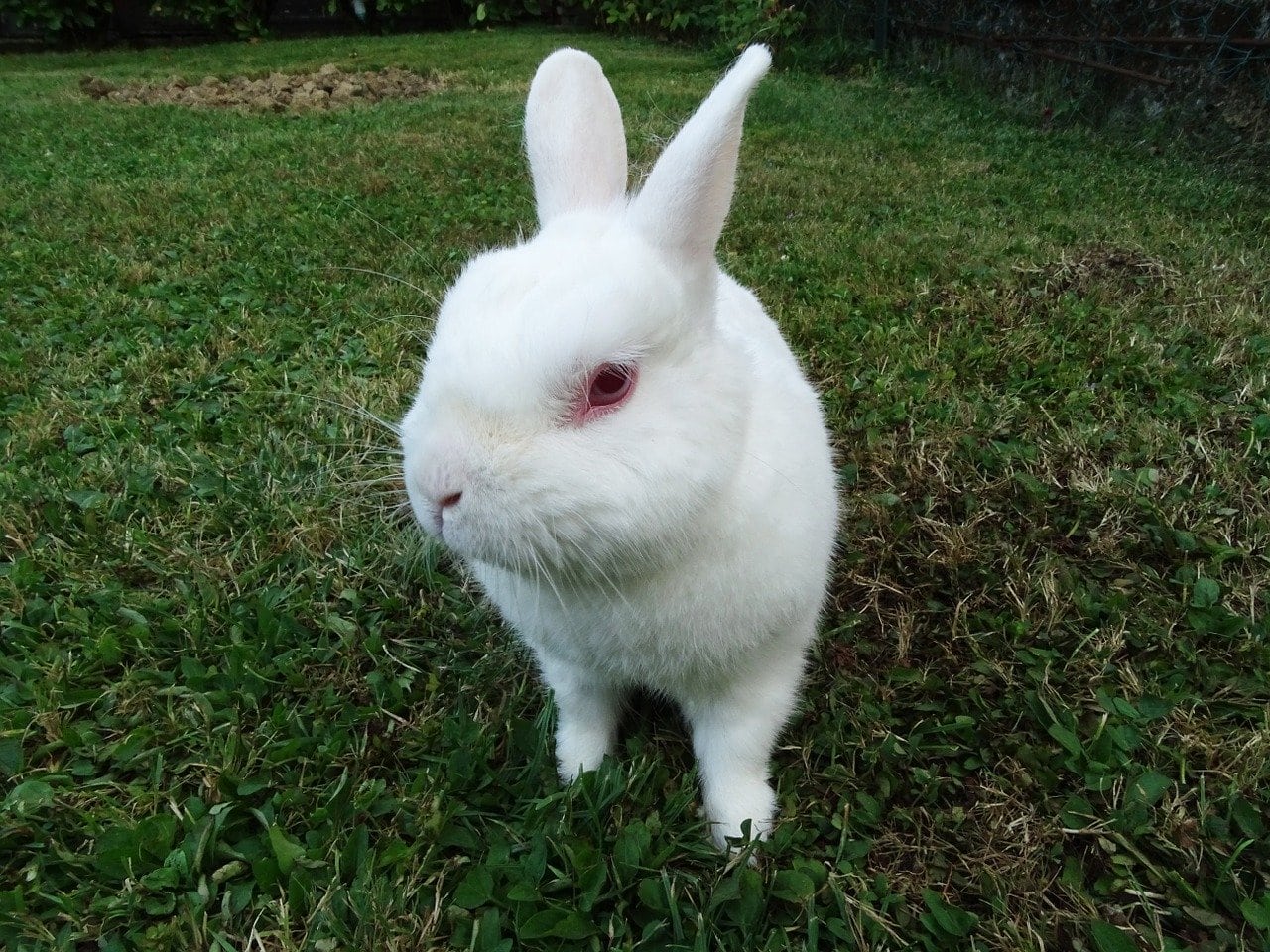Click to Skip Ahead
Dressage is one of the highest forms of horse training, where the horse responds to very slight movements from its rider to perform certain tasks.
The directions from the rider are so slight, anyone with an untrained eye will be unable to tell that a signal was given to the horse. It’s a very elegant sport where horse and rider display their tight bond through a routine of movements, almost like a dance.
While all horse breeds can perform in dressage, some breeds do better with it than others. With its roots in war training, you will want a certain pure-bred horse for dressage, as these breeds can respond more quickly to cues and have a better-suited personality for it than others.
The 3 Best Dressage Horse Breeds for Beginners
Keep in mind that at this stage, you can try dressage with any horse. If it’s something you’re just starting out in, there’s no need to buy a special dressage horse for the event. Go ahead and work with whatever horse breed you already ride.
If you’re looking for a new breed of horse to start dressage competitions, consider these horse breeds.
1. Friesian
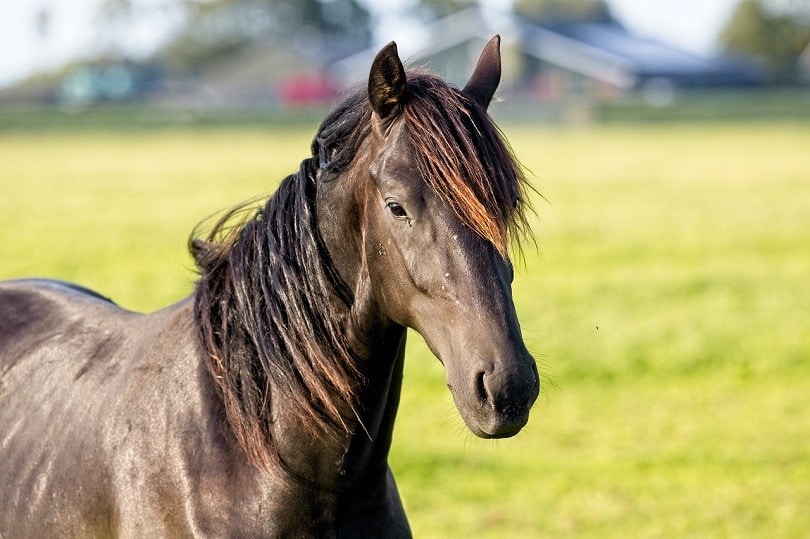
| Country of Origin: | Netherlands |
| Height: | 16 hands |
| Color: | Black |
| Traits: | Strong, friendly |
The Friesian breed is one of the oldest domesticated breeds out of Europe. Known for their elegant black coats and long manes tails, Freisians are making a name for themselves in the dressage world.
They have a stylish and animated way of moving, lifting their knees way up high. Since they are such naturals, they make a great beginner dressage horse
2. Appaloosa
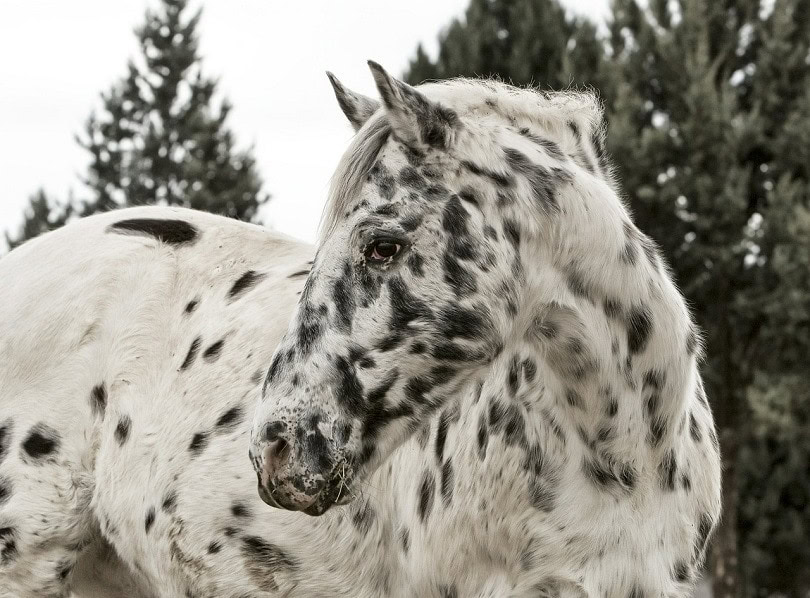
| Country of Origin: | USA |
| Height: | 15 hands |
| Color: | Spotted with striped hooves |
| Traits: | Intelligent, kind |
Though not the typical dressage breed, Appaloosa horses tend to excel at every discipline they are trained in. They are quick in the mind and figure out dressage routines with ease, especially in the beginning stage.
You will know an Appaloosa when you see it; they are well known for their pretty spotted coat.
3. Gypsy Vanner
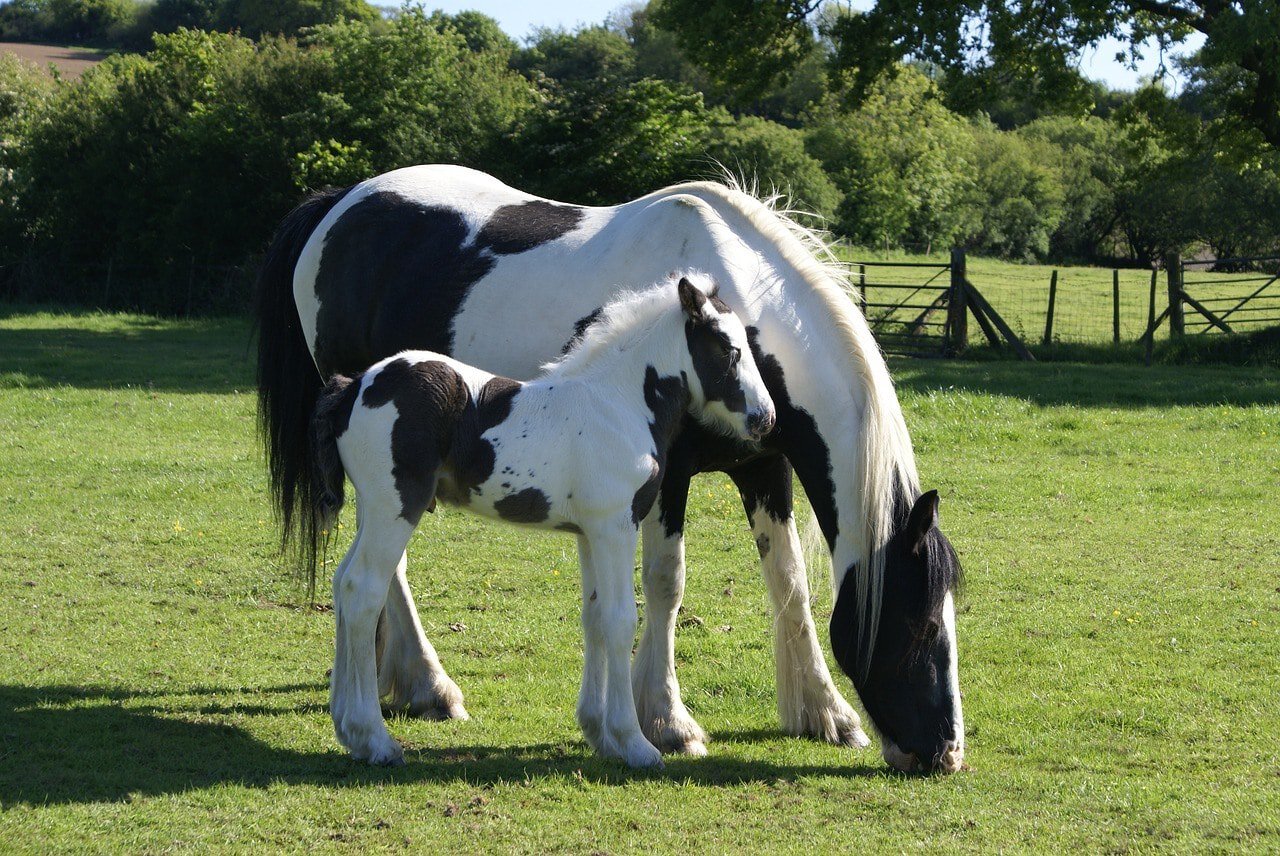
| Country of Origin: | Ireland |
| Height: | 15 hands |
| Color: | Piebald, skewbald |
| Traits: | Powerful, friendly |
Here we have another non-traditional choice for dressage, Gypsy Vanner. Because they are sturdy and easy-going, they make a great dressage horse for beginners. Gypsy Vanners turn heads with their colorful coat and beautiful feathers.
Because they are so athletic, they are becoming increasingly popular for dressage riders just starting out.
 The 4 Best Dressage Horse Breeds for Intermediates
The 4 Best Dressage Horse Breeds for Intermediates
4. Westphalian
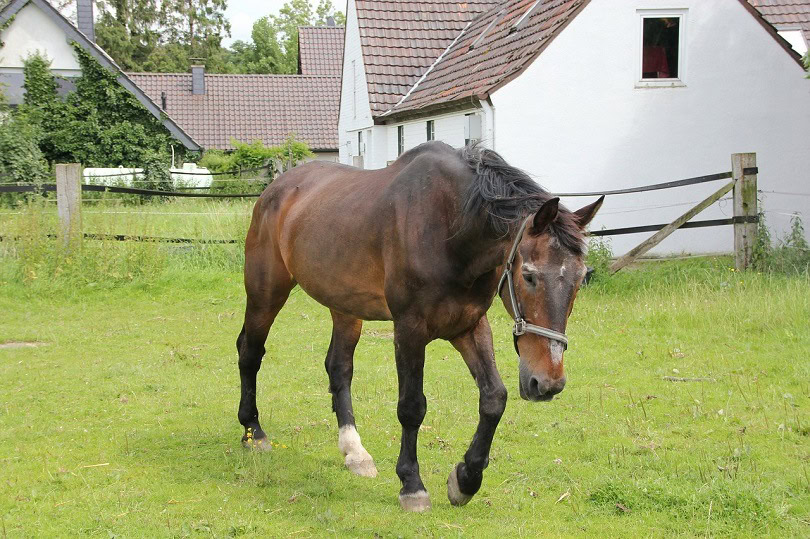
| Country of Origin: | Germany |
| Height: | 16 hands |
| Color: | Black, gray, chestnut, bay |
| Traits: | Athletic, agile |
This incredible horse breed out of Germany has excelled in junior exhibitions and Olympic dressage events. Westphalian horses are kind in nature and eager to please. Combining these traits with their athletic build and size, they can compete quite well in dressage.
They also make great riding horses for trails and leisure.
5. Trakehner
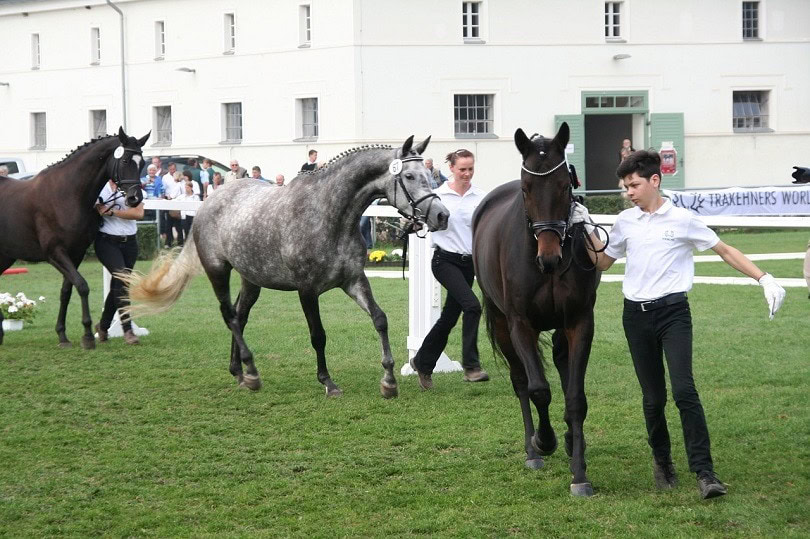
| Country of Origin: | Germany |
| Height: | 17 hands |
| Color: | Roan, black, chestnut, gray, bay |
| Traits: | Good temperament and movement |
Trakehner horses want all eyes on them and will do so with the way they seem to float while moving. With their good attitudes and athletic build, many Trakehners have made it to the Olympics and have won. These horses make great mounts for anyone between amateur and pro level.
6. Danish Warmblood
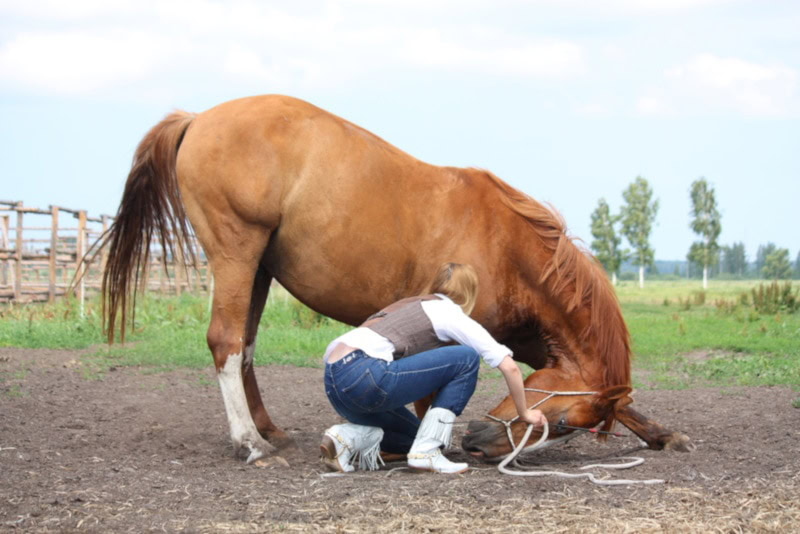
| Country of Origin: | Denmark |
| Height: | 16 hands |
| Color: | Bay, black, chestnut, dark brown |
| Traits: | Athletic, social, good style |
Warmbloods are among the best horse breeds for dressage, so it makes sense that the Danish Warmblood would be no different. They have strong muscles that still manage to move in a smooth gait.
Danish warmbloods make excellent partners for dressage riders with their cooperative personality. This makes them easily trainable and able to roll with the punches.
7. Lusitano
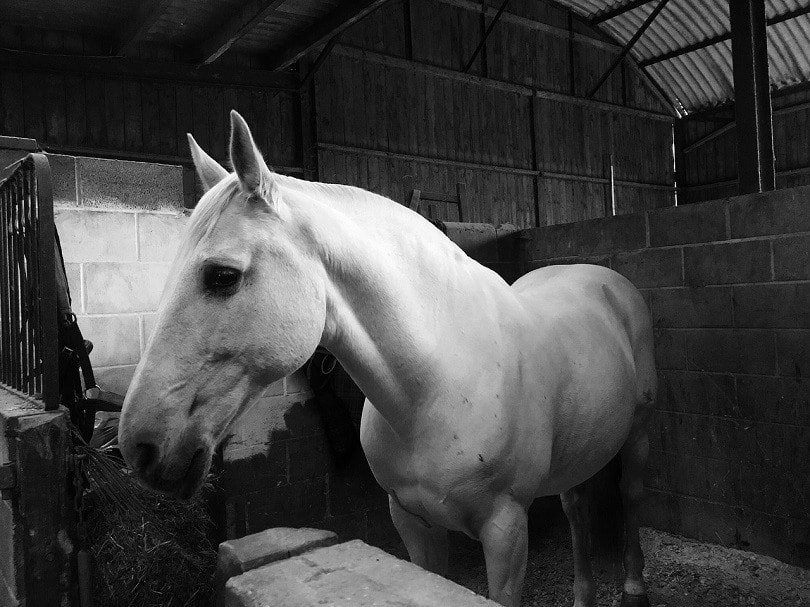
| Country of Origin: | Portugal |
| Height: | 15 hands |
| Color: | Gray and bay |
| Traits: | Calm, agile, intelligent |
Lusitano horse breeds perform extremely well in all forms of classical riding, including dressage. They will keep a cool head when the pressure is on, making them great performers. This renowned breed’s close relative, the Alter Real, is bred exclusively for the Portuguese royal family, so you know you’ve got a quality horse breed on your hands.
 The 4 Best Dressage Horse Breeds for the Advanced Level
The 4 Best Dressage Horse Breeds for the Advanced Level
8. Dutch Warmblood
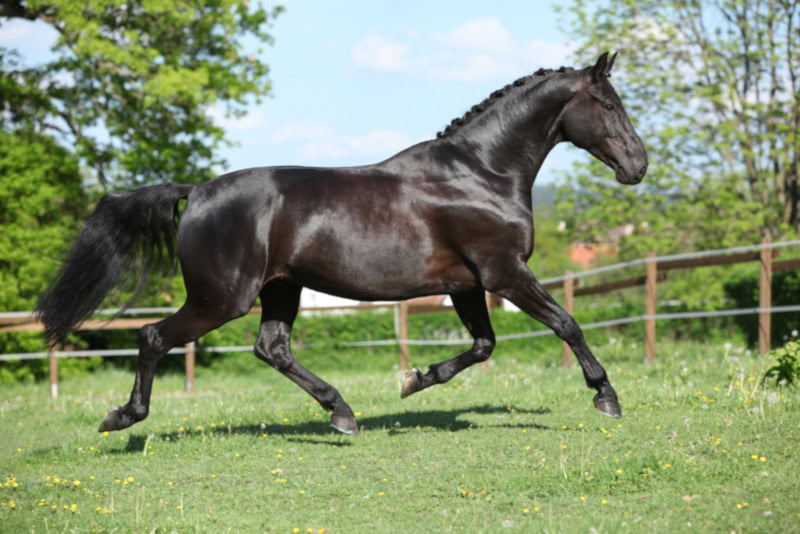
| Country of Origin: | The Netherlands |
| Height: | 16 hands |
| Color: | Chestnut, grey, bay, black, brown |
| Traits: | Friendly, hard-working, good endurance |
The Dutch Warmblood is considered the world’s best dressage horse and the most common breed used for professional dressage. It’s the newest European warmblood breed; less than 70 years old, according to the official studbook.
These horses have athleticism and style best suited for top dressage competitions, performing routines with precision and accuracy. This breed has won many Olympic gold medals.
9. Hanoverian
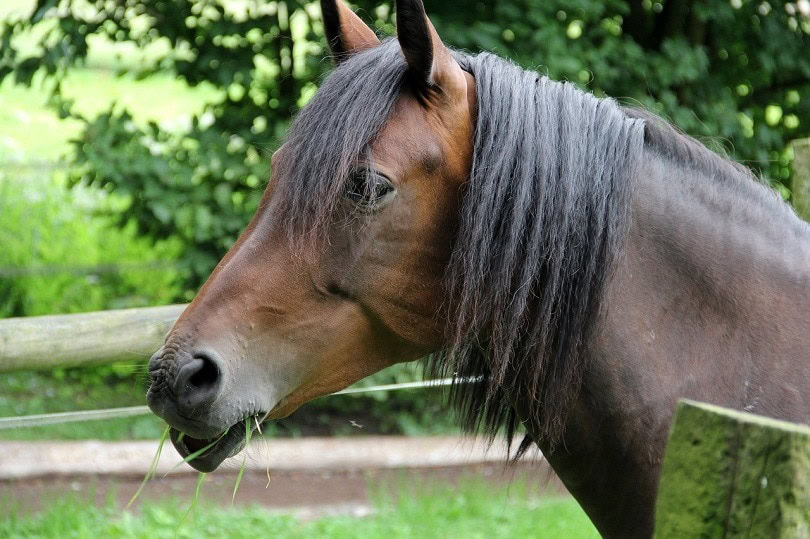
| Country of Origin: | Germany |
| Height: | 17 hands |
| Color: | Chestnut, bay, black, gray |
| Traits: | Great stamina and style |
Hanoverians take the cake for the oldest of the warm-blood breeds. They are reliable in nature and can be extremely fit. These horses also display great attitudes in and out of the dressage ring. You will be able to ride a Hanoverian longer than the average breed, and they will last you a long time.
10. Oldenburg
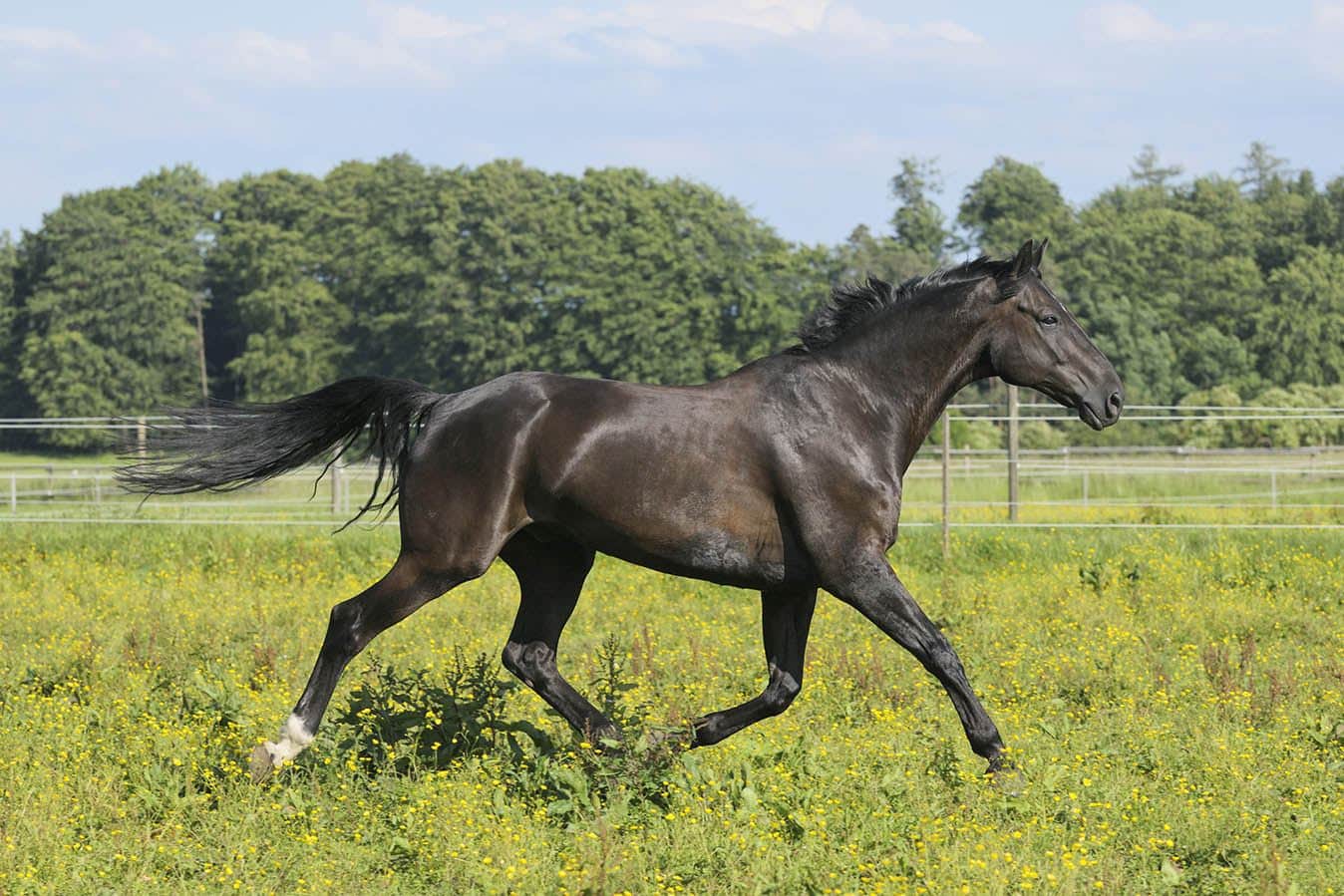
| Country of Origin: | Germany |
| Height: | 16 hands |
| Color: | Black, brown, bay |
| Traits: | Strong and kind |
Originally bred as a workhorse, the Oldenburg is currently bred for all kinds of disciplines, not just dressage. However, their heritage includes other favorite performing breeds, including Hanoverian, Trakehner, and Thoroughbred. It’s highly sought-after for dressage.
You will know a legitimate Oldenburg when you see one because registered Oldenburgs are branded with a signature O with a crown on top.
11. Holsteiner
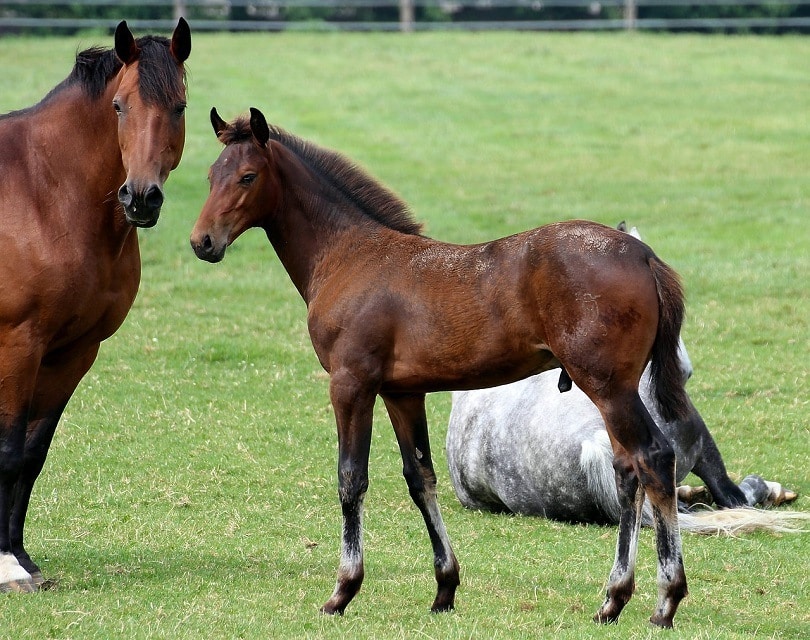
| Country of Origin: | Germany |
| Height: | 17 hands |
| Color: | Chestnut and bay |
| Traits: | Agile, loyal |
The Holsteiner breed has been in the Olympic ring for many years. They were among the first registered breeds in the warmblood category. With its ease of trainability and athleticism, they are an easy choice for dressage. Not only that, but they love to work hard and please their riders.
Frequently Asked Questions (FAQ)
What Is the Difference Between Equestrian and Dressage?
You may already know the difference between these two words, but many people just starting out in the world of horses ask this question often enough for us to cover it.
Equestrian defines a broad category of Olympic-caliber sports with horses. Dressage is the first of a set of three equestrian sports; following dressage is “show jumping” and then “cross-country jumping” or “eventing”. The horse and rider go through these phases sequentially, each round qualifying them for the next.
Dressage is the important first step of the Olympic equestrian triplet, as the foundation of excellent communication between horse and rider is the cornerstone of the sport.
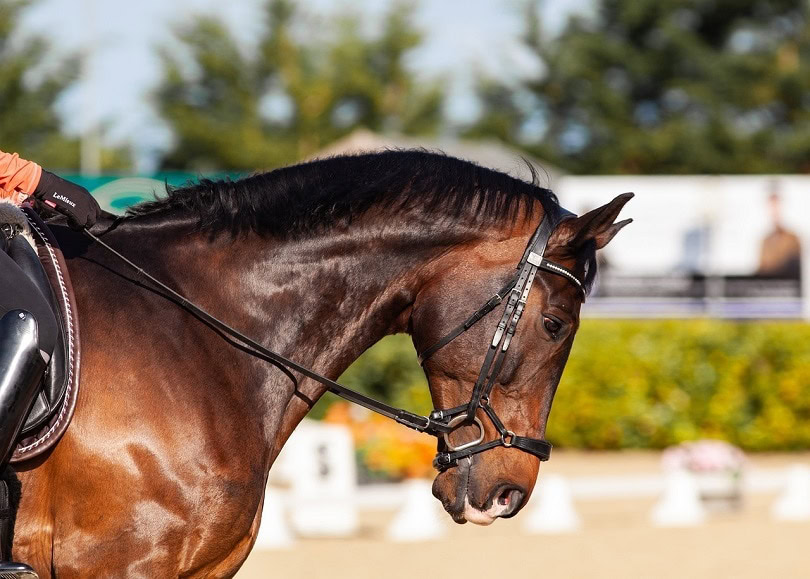
What Can I Expect to Pay for a Good Dressage Horse?
For a top-of-the-line horse that’s already dressage trained at an Olympic caliber, it will cost anywhere from $60,000 to $100,000. However, not everyone wants that or can even afford that! If you already have a horse, there’s no need to purchase a new one for dressage. Save money by starting out with your own horse and see how you like it.
Though you can start your own dressage training with a “green” horse (one that also has no dressage training), it could be worth the investment to lease a horse with some dressage training already. This is so you can get the hang of it before purchasing a horse exclusively for dressage. This leasing could cost about $500 per month, on top of the costs of taking care of the horse.
If you are intermediate to advanced in dressage and only interested in purchasing a new and suitable horse breed for the sport, the lowest you can expect to spend on a dressage horse is $10,000. The more previous training the horse has, the price tag goes up. For this kind of horse with previous dressage training, a good deal will fall anywhere between $15,000 to $30,000.
What Do I Need for a Dressage Horse?
When you are considering the sport of dressage, you are considering making an investment of not only finances, but time and resources, too. Here are a few other things you will need to factor in when you think about buying a dressage horse.
- Room and board (Who will take care of your horse and where will she live?)
- Saddle
- Lessons, for you and for your horse
- Training grounds (Where will you practice?)
- Competitions and competition fees, travel equipment, and expenses

Conclusion
Any horse can learn the basics of dressage; you don’t need a fancy breed to just start out. When you start to get into higher, pro-level competition, though, you will want a well-suited breed for horse dressage. We wish you luck in your search and in your dressage competitions!
Featured Image Credit: caropat, Pixabay
